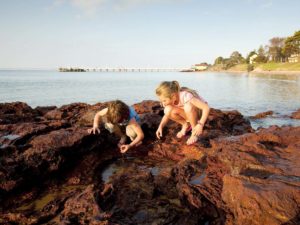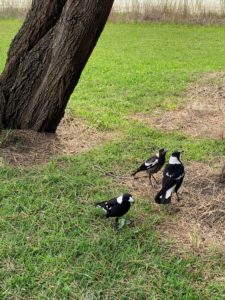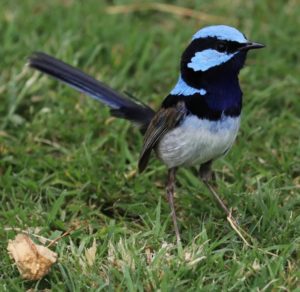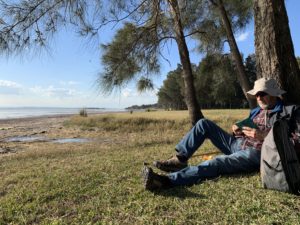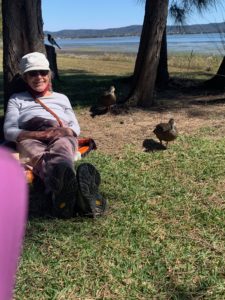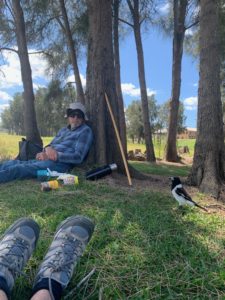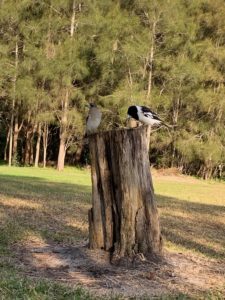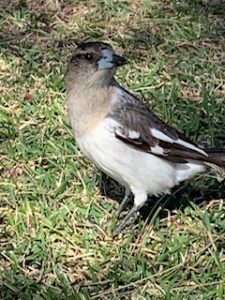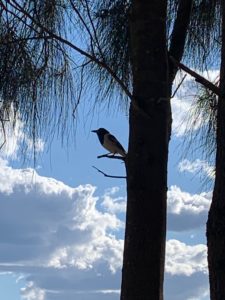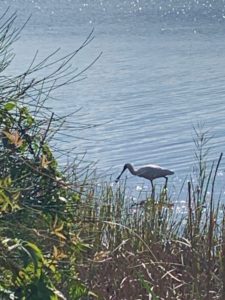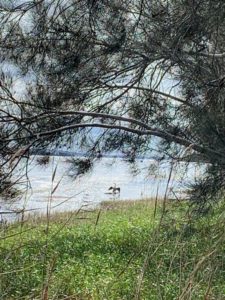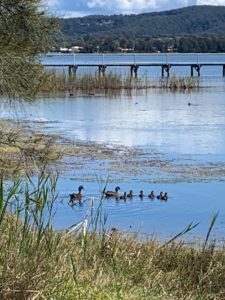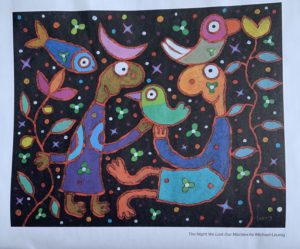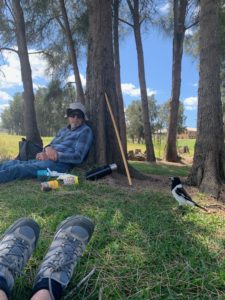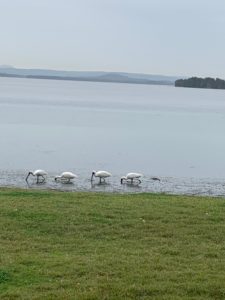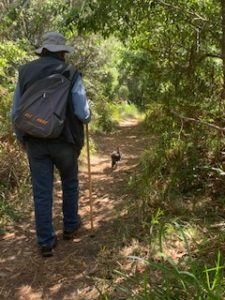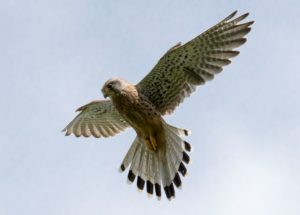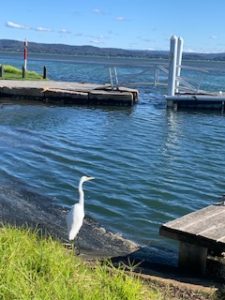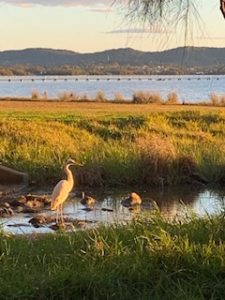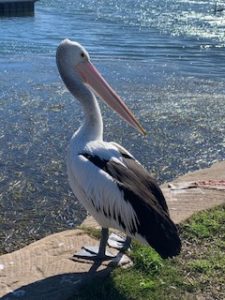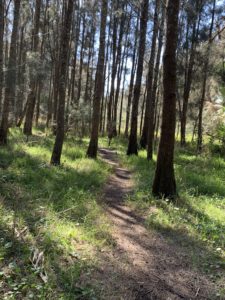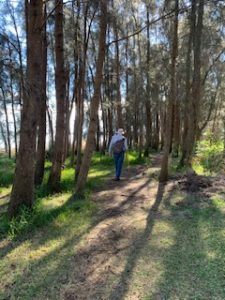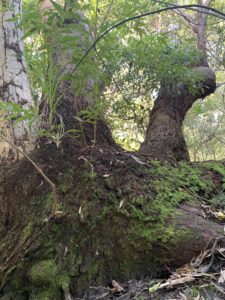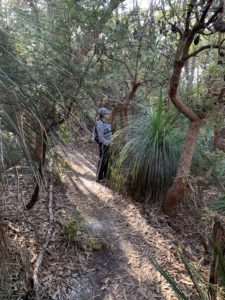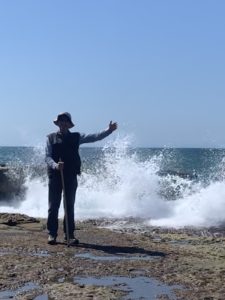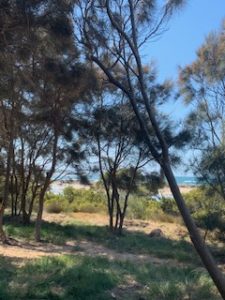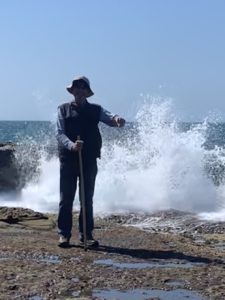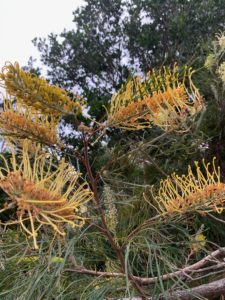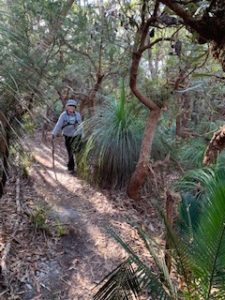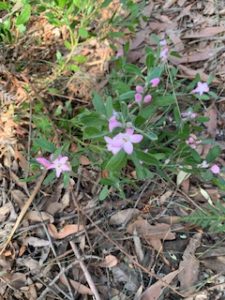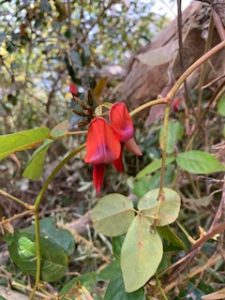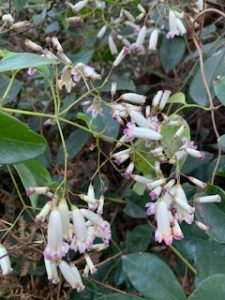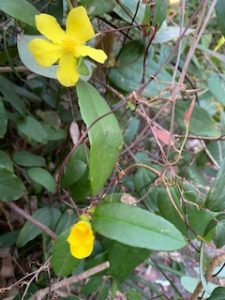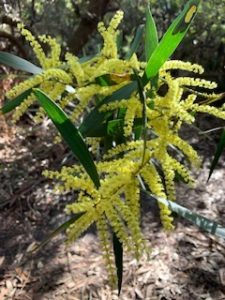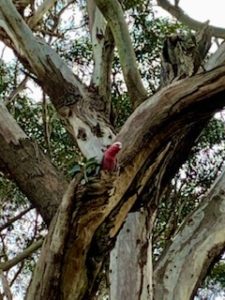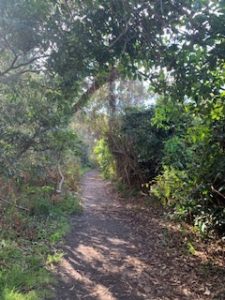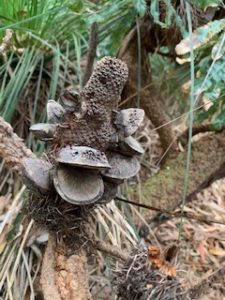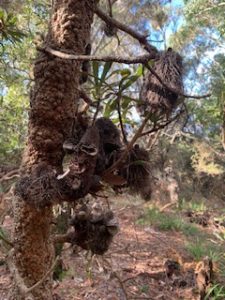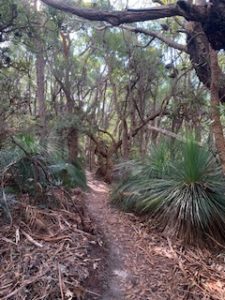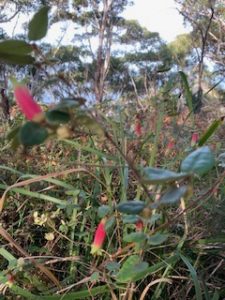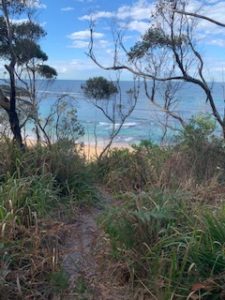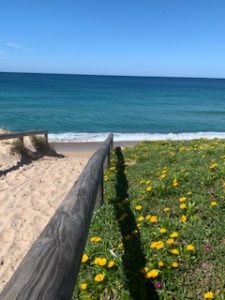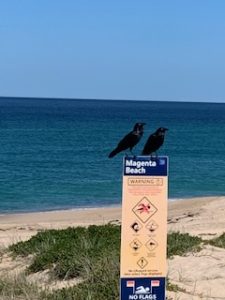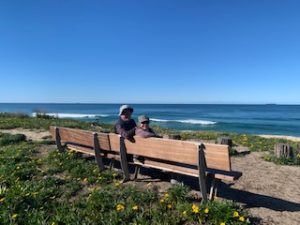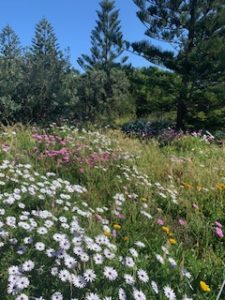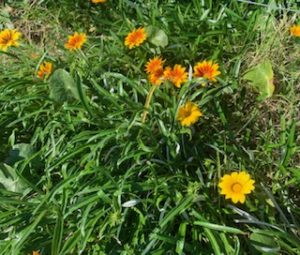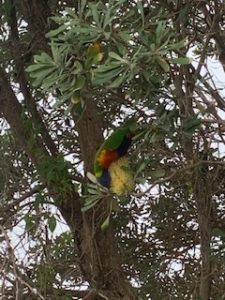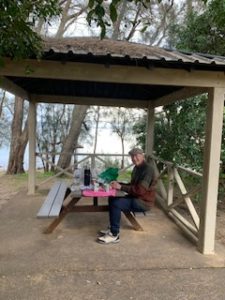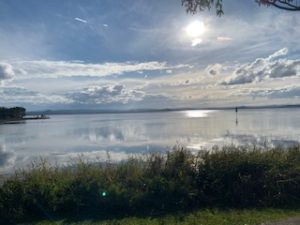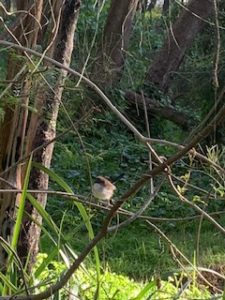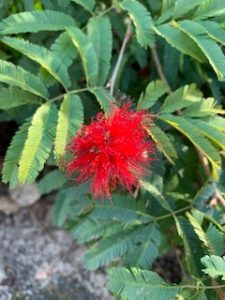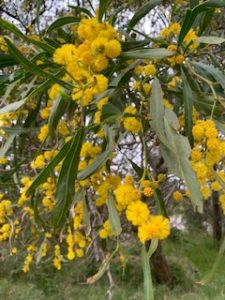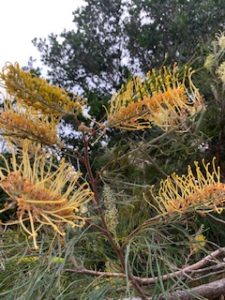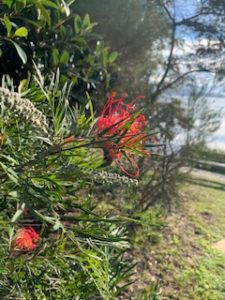Rock-hopping
can be done through creeks and brooks
in shallow rivers and as with my story today
along rock platforms.
It is not just stepping and hopping and jumping from rock to rock.
It is about finding your way,
choosing rocks to step to
checking if it is stable enough for your weight
secure footing and finding balance.
It means not overstepping but heron-like
checking the ground is secure before taking the next step,
making your way through gaps
clambering up and down by choosing stair-like features.
It is about reading the way
watching the tide ( easier at low tide as you have more selection of ways to travel,) taking your time.
Find a rock to stand securly on
gaze about, take your time.
Find a flat rock to sit on
or a curly rock that fits your back.
I always watch for and remember those places for as a poets rocks are for sitting on with notepad and pen and if you have some water and fruit one can sit for hours
well depending on the tide
for the ocean gives you time but returns to claim its own.
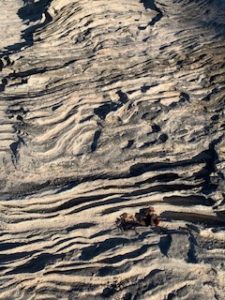

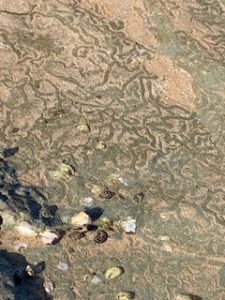
It includes feeling the texture of rocks that you use to hoist, heave and hold along the way,
to stop and wonder at the patterns and geological story that turns like a history book page by page.
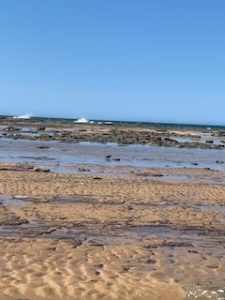
Tide pooling
is about exploring tidal pools.
A marine habitat for marine life providing a home for many hardy organisms such as starfish, crabs and anemone. with shells and rocks glistering with the action of water and sunlight.

Tide Pool Tips
1. The best time to visit tide pools is at low tide.
2. Bring a bag with you to pick up any plastic, paper, glass, or metal trash on the beach.
3. Find footholds on bare rocks, which are less slippery than those colonized with algae and other sensitive sea life.
4. If you peek under a rock, put it back where and as you found it. Leave the animals and plants alone.
5. Do not collect intertidal species. It is illegal to do so in many areas.
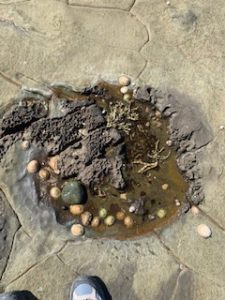
Safety Tips
Respect Marine life and be careful not to touch sea urchins,
blue bottles, octopus or any other creature you are unsure of.
Research the tides for the day – so you don’t get caught out on the incoming swell
Rock pools are slippery be careful
Wear protective water booties
Stay far from the rockpool edge where waves can unexpectedly lap
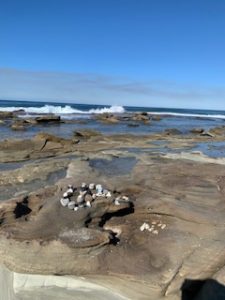
Watch for the clouds and your reflectionin the mirored pools and sometimes the moon
and be prepared to meet herons, cormorants, pelicans gulls and rock fishermen along the way.

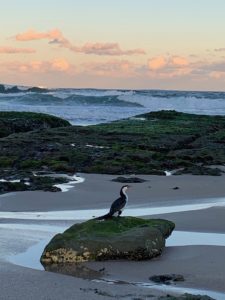
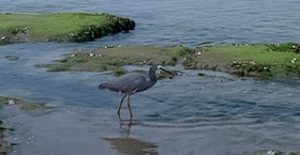
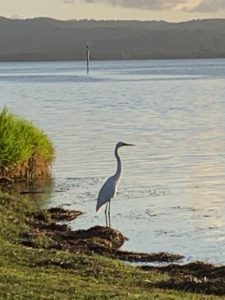
Rock Pools note
Formed in depressions along the shoreline of rocky coasts, tide pools are filled with seawater that gets trapped as the tide recedes. While these small basins at the ocean’s edge typically range from mere inches to a few feet deep and a few feet across, they are packed with sturdy sea life such as snails, barnacles, mussels, anemones, urchins, sea stars, crustaceans, seaweed, and small fish.
As ocean water retreats outside the tide pool during low tide, the resident marine life must endure hours exposed to the sun, low oxygen, increasing water temperature, and predators such as wading birds that specialize in dining in these shallow pools. At high tide, the pool’s plants and animals are bathed in fresh seawater, but must endure the pounding of crashing waves and foraging fish with temporary access to the shoreline.
To survive in this rugged environment, tide pool inhabitants often cling very tightly to any rock to which they can adhere. Barnacles, for example, produce a fast-curing cement that lets them stay put. This natural substance is among the most powerful glues known to exist. In fact, researchers are trying to figure out if and how it can be harvested or reproduced for commercial use.
The space in a tide pool may be limited, but the food there is plentiful. Every wave at every high tide delivers fresh nutrients and microscopic organisms, such as plankton, to support and replenish the pool’s intricate food chain. Washed in by the waves, these organisms nourish the smallest animals, which, in turn, sustain the larger ones.



lesson learnt
first rule when questing for the poetic
on a tidal line of an ocean rock ledge
watch for the rogue wave
it is not recommended to lie on the barnacled edge
of a scalloped moon-shaped rock pool
as you wait on its mystery and watch
your reflection in azure sky
with clustered clouds
like empty thought bubbles
around you fill with deep secrets
the second rule is to keep your wits
do not get lost in an inner realm
as you can in a Beethoven symphony
it is not recommended to become immersed
in tapestry of colours shimmered by the sea
in the light among the stones
drum-shaped chitons
clustered iridescent stars and speckled shells
a venetian-red anemone flirting
like a solitary flute
black spiky urchins and the wait for the shy crab
to scuttle out from the king neptune necklace
it is all too hypnotic
the lesson learnt –
expect the unexpected
From Fire on Water by Colleen Keating 2016
